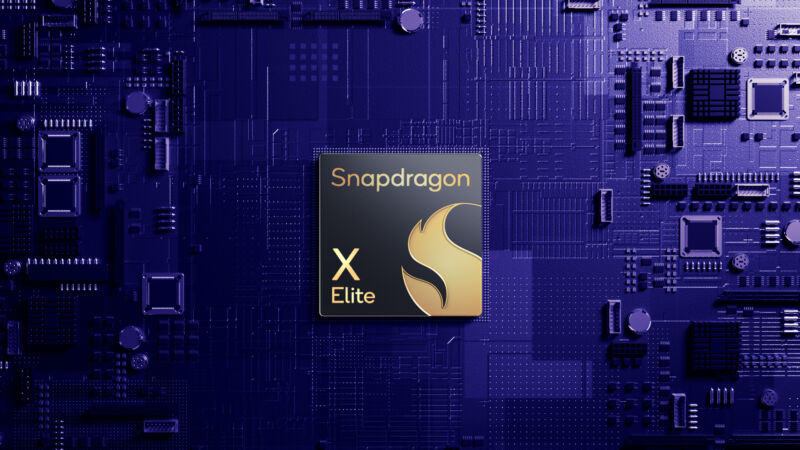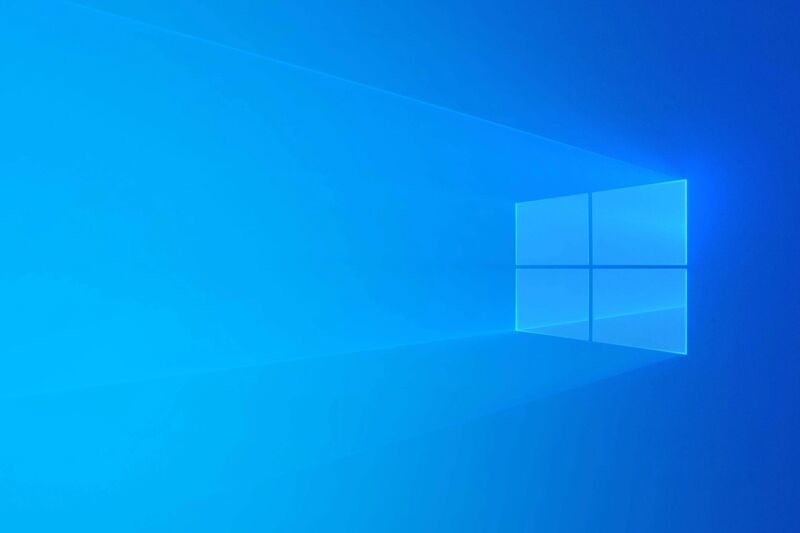
Bad news, la firme de Redmond vient tout juste de lancer une nouvelle mise à jour pour les Insiders sous
Windows 10
, la build 19045.4353 qui à première vue n’a rien de bien folichon… Mais si on y regarde de plus près, y’a quand même un truc qui risque de vous faire tiquer :
Une bannière dans les Paramètres pour vous pousser à abandonner votre bon vieux compte local et passer à un compte Microsoft
.
On se demande bien pourquoi Microsoft tient tant à ce qu’on ait tous un compte chez eux sur nos machines. Bon ok, je suppose que c’est lié à toutes leurs fonctionnalités en ligne, genre la synchro des paramètres, les sauvegardes dans le cloud, la gestion simplifiée des abonnements, tout ça mais bon, ça devient un peu pushy je trouve. On dirait presque une incitation à passer sous Linux ^^.
Cette guéguerre de Microsoft contre les comptes locaux sous Windows, ça gave tout le monde, même
Elon Musk
qui a pété un câble en découvrant qu’il pouvait pas installer Windows 11 sans compte Microsoft. La chance qu’on a sous Windows 10, c’est qu’on peut encore contourner ce forcing sans trop se prendre la tête lors de l’installation initiale mais sous Windows 11 par contre, c’est une autre paire de manches… Impossible d’utiliser un profil local, sauf si vous connaissez l’astuce à base de
oobe\bypassnro
.
Pour l’instant, ce changement se déploie progressivement, donc vous n’aurez peut-être pas tous droit à ce joli cadeau. Mais si vous voulez voir cette bannière par vous-même, pas de souci… il vous suffit de télécharger l’outil
ViVeTool
, ouvrez une invite de commande en mode administrateur, et hop, un petit
vivetool /enable /id:42563876
et le tour est joué. (et c’est /disable pour le désactiver)
Par contre, une fois que ce sera en place, pour mettre hors de vue ces satanées bannières, faudra aller dans
Paramètres > Confidentialité > Général
et décocher l’option «
Afficher le contenu suggéré dans l’application Paramètres
« . Ou alors, un bon vieux clic sur la croix à côté du bouton «
Se connecter maintenant
« , et basta.
Alors on migre ou pas ?
D’un côté, ça facilite pas mal de trucs d’avoir un compte Microsoft, surtout avec tous leurs machins à base d’IA qui vont arriver, mais de l’autre, j’aime bien garder un minimum de contrôle sur mes données et ma vie privée. Certains d’entre vous préfèrent d’ailleurs surement garder leurs infos perso pour eux, et ne pas se créer de compte Microsoft ce qui est bien légitime comme préoccupation.
J’ai juste peur qu’à un moment, cette incitation risque à un moment de se transformer en obligation… On verra bien.
Source
 chevron_right
chevron_right












